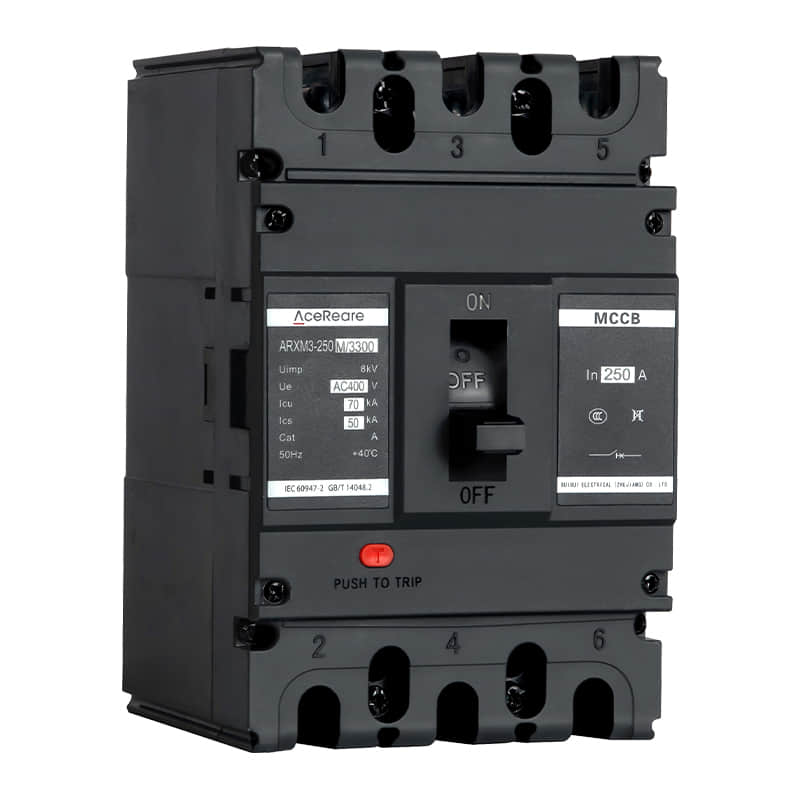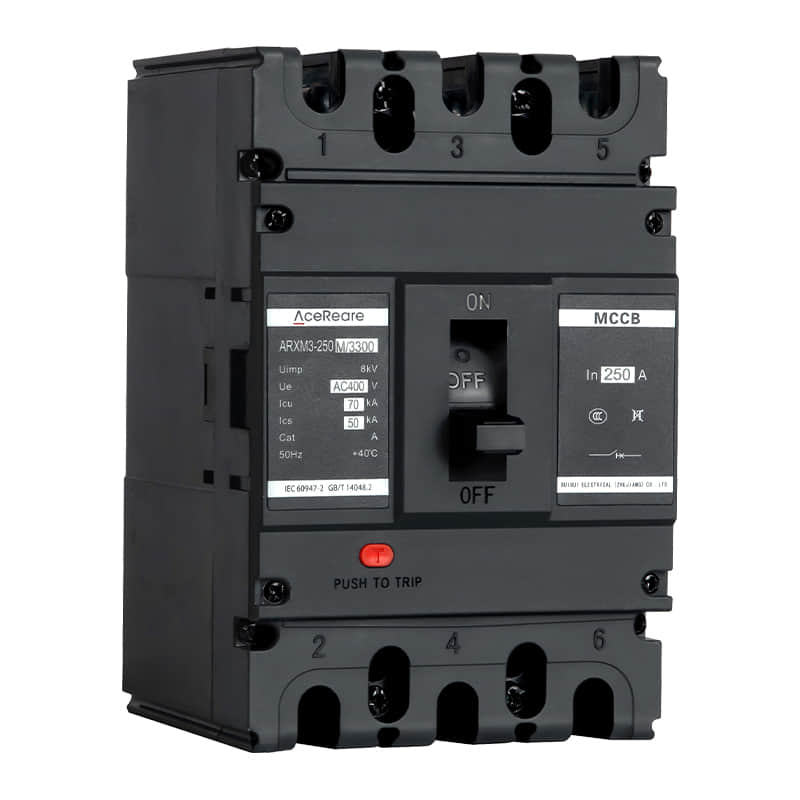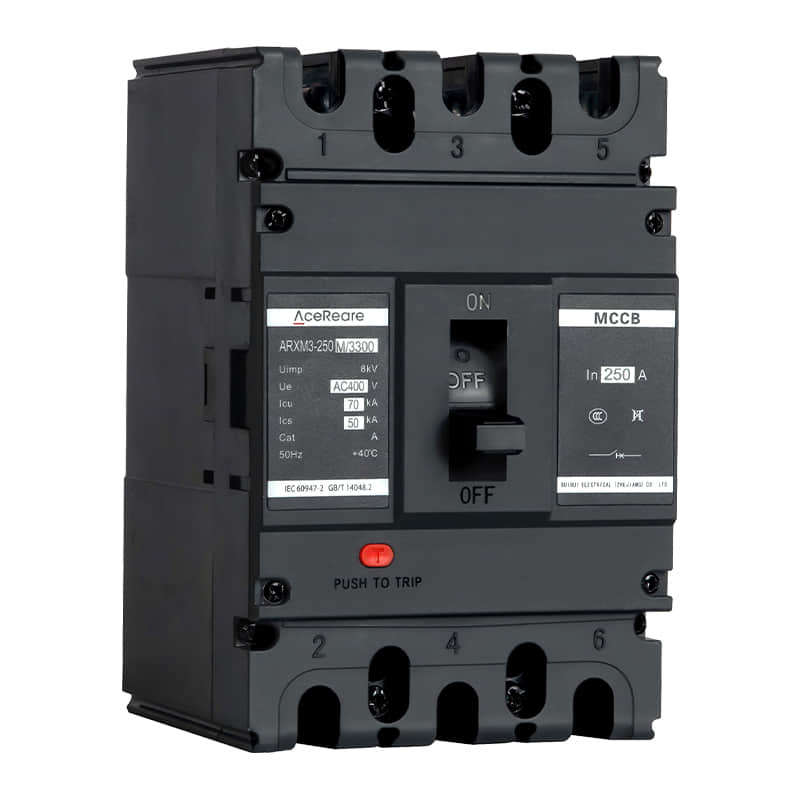In the realm of electrical engineering and power distribution, the 4 pole circuit breaker holds a pivotal position, serving as a crucial safety device that protects electrical circuits from damage and potential hazards. This article delves into the significance and applications of the 4 pole circuit breaker, highlighting its role in maintaining the integrity and safety of electrical systems.

The 4 pole circuit breaker, as its name suggests, features four poles or terminals, each serving a specific function. Typically, the first three poles are designed to protect the three phases of a three-phase power system, while the fourth pole safeguards the neutral line. This configuration ensures that not only the active conductors but also the neutral conductor are protected from overloads and short circuits.

The primary function of the 4 pole circuit breaker is to interrupt the flow of electric current in the circuit when a fault occurs. It detects abnormalities in the current flow, such as excessive current or short circuits, and swiftly disconnects the circuit to prevent damage to the equipment and the risk of fire or electrocution. This automatic disconnection is crucial in preventing catastrophic failures and ensuring the safety of personnel and equipment. The application of the 4 pole circuit breaker is widespread, particularly in industrial and commercial settings. In industrial facilities, where heavy machinery and equipment are powered by three-phase power systems, the 4 pole circuit breaker plays a vital role in protecting the electrical circuits from overloads and short circuits. It also finds application in commercial buildings, where it guards against electrical hazards in offices, retail spaces, and other commercial areas.
